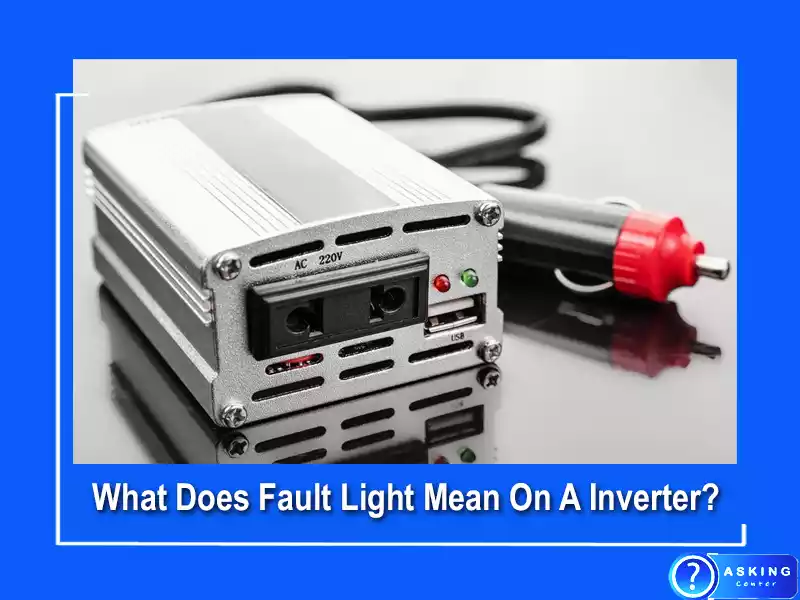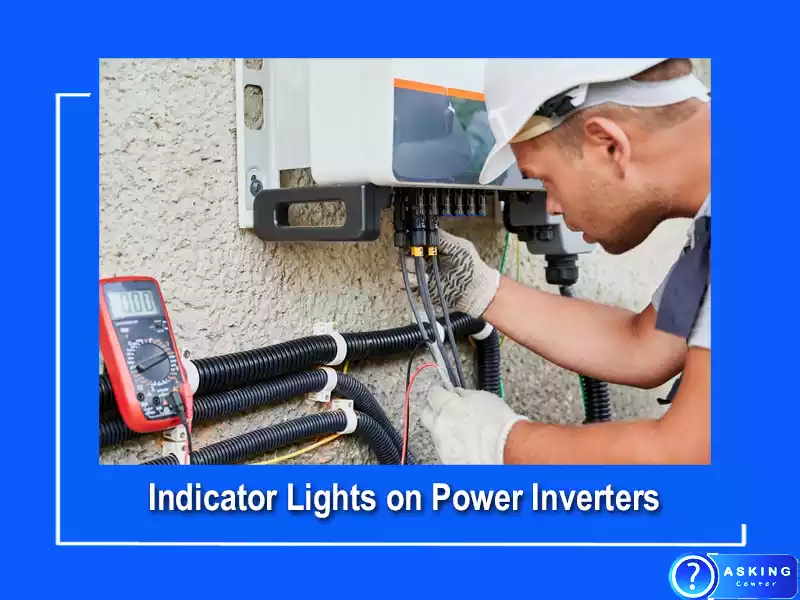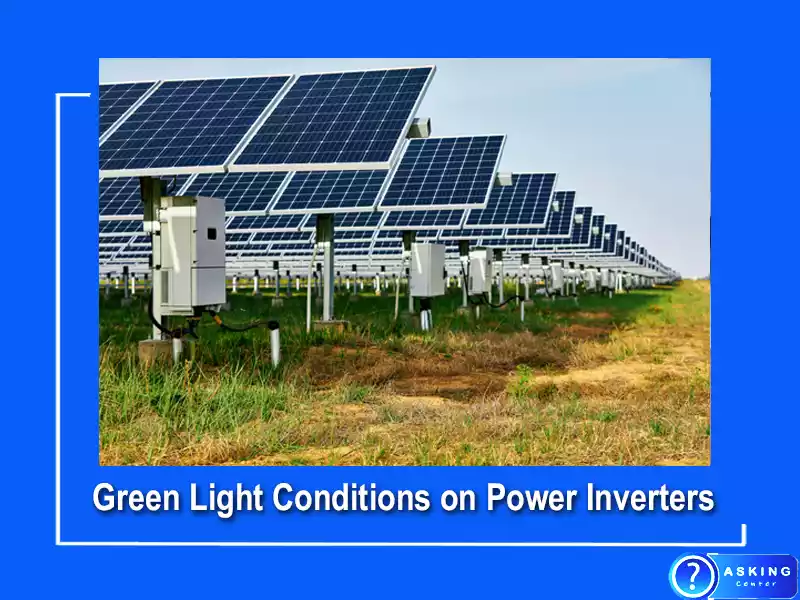Understanding power inverters and their functionality can go a long way in ensuring you have consistent power for your equipment. Among the key components of a power inverter are the indicator lights that reveal the state of operation and alert users about potential issues. One such important feature is the fault light.
The fault light, often depicted as a red light on the power inverter, signifies a problem that needs immediate attention. Essentially, this light activates when the inverter detects an issue within its operation, such as an overload, a high temperature, or a short circuit. It is a crucial indicator that should not be ignored.
So, why does the fault light come on, and what can you do about it? How can you prevent it from occurring? Let’s delve deeper into this comprehensive guide that will answer all these questions and more. With knowledge comes power, and in this case, uninterrupted power supply!
Understanding Power Inverters
What Is a Power Inverter?
A power inverter is a device that converts direct current (DC) from a battery or solar panel into alternating current (AC), which is used by most household appliances and electronic devices. There are different types of power inverters, including sine wave, modified sine wave, and square wave inverters. These variations offer different power output characteristics suitable for various applications.
How Does a Power Inverter Work?
Power inverters work by taking DC power from a battery or solar panel and transforming it into AC power. They achieve this transformation through an electronic circuit. A built-in oscillator generates a wave signal that controls the switching of the circuit, resulting in an output that alternates just like standard AC power.

Indicator Lights on Power Inverters
The Role of Indicator Lights
Indicator lights on power inverters are critical in understanding the operational status and overall health of the device. They alert the user about the current mode of operation and flag potential problems that might disrupt the power supply or damage the inverter.
Understanding Different Indicator Lights
Power inverters usually come with a set of indicator lights, each signifying a different aspect of operation. While these can vary from model to model, the common ones include power light (green), battery charge light (yellow), and fault light (red).
The Green Light: A green light on a power inverter typically indicates normal operation. However, certain conditions might cause it to flicker or turn off, signifying an underlying issue.
The Red Light: The red light on a power inverter, also known as the fault light, signifies a problem that demands immediate attention.
The Fault Light on a Power Inverter
What is the Fault Light?
The fault light is a critical indicator that flags potential problems in a power inverter. This light typically turns on when the inverter detects an operational issue.
Why Is The Red Light On The Inverter On?
The red light or fault light comes on due to several reasons including overloading, high temperature, or a short circuit. Each situation demands a specific course of action to resolve the problem.
Common Causes of a Fault Light
The fault light on a power inverter illuminates due to a variety of reasons. Common causes include overheating, input voltage outside the inverter’s operational range, battery-related issues, and output circuit issues, among others.

Responding to a Fault Light Indicator
Initial Steps When Fault Light Turns On
When the fault light turns on, the first step is to turn off the power inverter and disconnect all appliances connected to it. Then, consult your user manual to identify the potential cause of the problem.
Common Fixes for Fault Light Issues
Common solutions for issues causing the fault light include resetting the power inverter, replacing the battery, clearing the short circuit, and reducing the load on the inverter.
When to Seek Professional Help
Certain issues, such as those related to internal components, may require professional intervention. It’s crucial to recognize when a problem surpasses your skill level to prevent further damage to the inverter or personal injury.
Green Light Problem Conditions on Power Inverters
What are Green Light Problem Conditions?
Despite typically indicating normal operation, the green light on your power inverter can occasionally signify a problem. These can range from minor issues, like a poor connection, to major ones, such as internal faults.
How to Address Green Light Problems
Addressing green light problem conditions involves understanding the nature of the issue. This might entail referring to the user manual, performing basic troubleshooting, or consulting a professional.

Preventing Power Inverter Issues
Regular Maintenance of Power Inverters
Regular maintenance of your power inverter can prevent many common issues that cause the fault light to turn on. This includes ensuring proper ventilation, regular cleaning, and checking connections.
Best Practices for Power Inverter Use
Safe and efficient use of power inverters can extend their lifespan and minimize the chances of faults. This involves adhering to the manufacturer’s guidelines, avoiding overloading, and using the right type of inverter for your needs.
Frequently Asked Questions
What should I do when the fault light on my power inverter comes on?
First, turn off the inverter and disconnect all appliances. Refer to your user manual to identify the potential cause and solution for the problem.
Why does the green light on my power inverter flicker?
A flickering green light could indicate minor issues such as a poor connection or major problems like internal faults.
How often should I perform maintenance on my power inverter?
Regular maintenance, ideally monthly, can prevent many common issues. However, the frequency might vary depending on your usage and environmental conditions.
Final Thoughts
After arming yourself with the above knowledge, remember that understanding your power inverter and responding promptly to the fault light ensures continuous and safe power supply.
It’s about being proactive rather than reactive. And with the right care and maintenance, your power inverter will serve you effectively for a long time. Uninterrupted power, after all, results in uninterrupted productivity!

